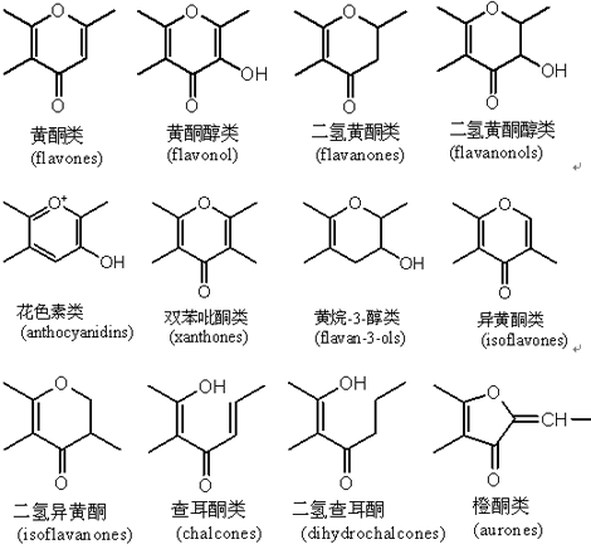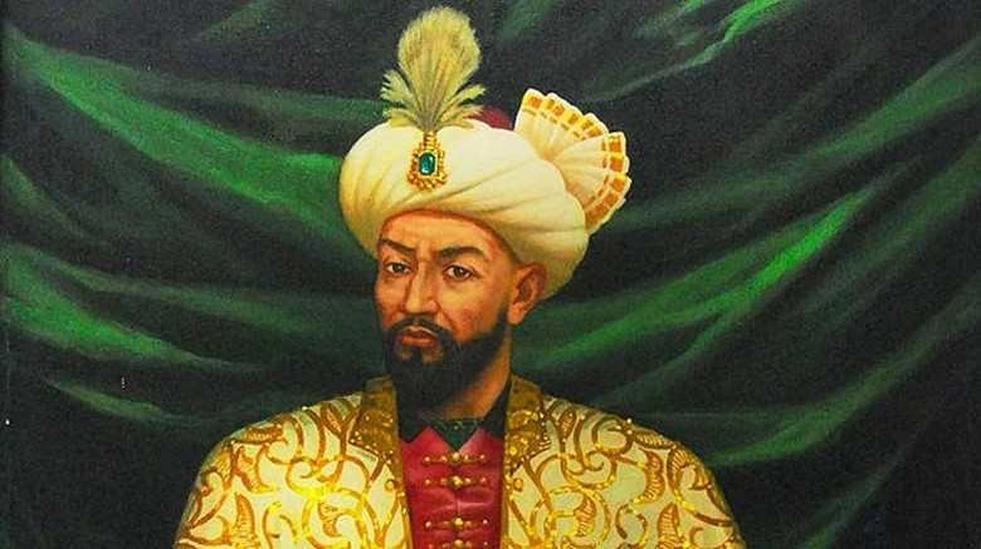人物经历
教育经历1978——1981 吉林大学化学系 硕士研究生
1986——1989 吉林大学化学系 博士研究生
工作经历1990——1992 吉林大学分子生物学系 副教授
1992——1999 吉林大学生命科学学院 教授
1992.5-----1993.1 英国Cardiff 大学 高级访问学者
1996.9-----1996.12 澳大利亚昆士兰大学 合作研究
1997.9-----1997.12 美国John Hopkins 高级访问学者
1998.9-----1998.12 澳大利亚昆士兰大学 合作研究
2001.10----2001.12 澳大利亚昆士兰大学 合作研究[2]
1999.9——至今 博士研究生导师,主要研究领域为考古DNA和多种蛋白的研究。
2008-2016年担任东北亚生物演化与环境教育部重点实验室副主任。
1999-2019年担任吉林大学古DNA实验室主任。[1]
获得荣誉
| 国家教委科技进步奖三等奖 第三名 | 1990年 |
| 第二届东北地区发明展览会二等奖 第一名 | 1992年 |
| 国务院政府津贴 | 1992年[1] |
| 国家教委跨世纪优秀人才 | 1995年 |
| 国家教委跨世纪优秀人才 | 1995年 |
| 吉林省“巾帼岗位明星” | 1998年 |
展开表格主要成就
科研项目1)蛋白质结构与功能,国家教委跨世纪优秀人才基金1996-1999,30万元,负责人
2)FGF拮抗剂的设计,国家九五攻关课题,1997-1999,30万元。负责人
3)通过肽库进行药物筛选和设计的研究 39670853国家自然科学基金1997-1999,9万元负责人
4)自然科学方法在考古学中的应用,国家基金委人才基地1998-2001,200万元,第二负责人
5)克里雅隔离人群DNA多态性研究,国家教育部科技司重大项目2000-2001,60 万元负责人
6)新疆古代居民DNA多态性研究,国家文物局,1999-2002,30万元,第二负责人
7)新型器官移植免疫抑制剂的研究,国家九五攻关课题1999-2000。10万元负责人
8)aFGF拮抗剂3T3细胞蛋白质组的影响,国家自然科学基金30070892,2000-2003。13万元负责人
9)CYP2C9新突变体的结构与功能研究,国家自然科学基金30472062,2005-2007,21万元,负责人
10)自然科学方法在考古学中的应用,国家基金委人才基地J0030094,2001-2005,100万元负责人
11)特殊学科点项目 J0530184国家基础科学人才培养基金2007-2009,110万元,负责人
12)国家文物局:中国古代人类DNA遗传资源获取技术规范制定,2009-2011年
13)国家自然科学基金委J0930002,2009-2011 国家基础科学人才培养基金
14)国家科技部“十一五”支撑计划--子课题,3500BC-1500BC中国文明形成与早期发展阶段的技术与经济研究 2007-2008
15)国家自然科学基金,阿糖胞苷联合丙戊酸诱导白血病细胞(AMK)凋亡研究 2009.01-2009.12.
论文著作以通讯作者在国际知名刊物发表的论文主要有:
Selection of Peptide Ligands Binding to Fibroblast Growth Factor Receptor1, IUBMB Life,2002,54:67-72.
Identification of an noval allel 2C9 in Chinese ,Pharmacogenetics 2004,14,465-469
ROLE OF CYP2C9 AND ITS VARIANTS (CYP2C9*3 AND CYP2C9*13) IN THE METABOLISM OF LORNOXICAM IN HUMANS, DRUG METABOLISM AND DISPOSITION, DMD 33:1–5, 2005
Catalytic Activities of Human Cytochrome P450 2C9*1、2C9*3 and 2C9*13, Xenobiotic, September 2005;35(9);853-861
Genetic analysis on Tuoba Xianbei remains excavated from Qilang mountain cemetery in Qahar Right Wing Middle Banner of Inner Mongolia FEBS Letters 580(2006) 6242-6246
On the human CYP2C9*13 variant activity reduction:a molecular dynamics simulation and docking study, Biochimie 88 (2006) 1457–1465
Molecular genetic analysis of remains from Lamadong cemetery, Liaoning, China. Am J Phys Anthropol. 2007 Nov;134(3):404-11.
Tracing the genetic history of the Chinese people: mitochondrial DNA analysis of aneolithic population from the Lajia site.Am J Phys Anthropol. 2007 Aug;133(4):1128-36.
Molecular genetic analysis of Wanggu remains, Inner Mongolia, China. Am J Phys Anthropol. 2007 Feb;132(2):285-91.
Mechanism of CYP2C9 Inhibition by Flavones and Flavonols, Drug Metabolism and Disposition 2009 37: 629-634.
Ancient DNA analysis of human remains from the upper capital city of Kublai Khan. Am J Phys Anthropol. 2009 Jan;138(1):23-9.
Role of Residue 90 in Catalysis of Cytochrome P450 2C9,CHEM. RES. CHINESE UNIVERSITIES 2009, 25(6), 904—908
Evidence that a West-East admixed population lived in the Tarim Basin as early as the early Bronze Age. BMC Biol. 2010 Feb 17;8:15.
Early Eurasian migration traces in the Tarim Basin revealed by mtDNA polymorphisms. Am J Phys Anthropol. 2010 Aug;142(4):558-64.
Mitochondrial DNA analysis provides new insights into the origin of the Chinese domestic goat,Small Ruminant ResearchVolume 90, Issue 1 , Pages 41-46, May 2010
Ancient DNA from nomads in 2500-year-old archeological sites of Pengyang, China.J Hum Genet. 2010 Apr;55(4):215-8.
Ancient DNA evidence supports the contribution of Di-Qiang people to the han Chinese gene pool. Am J Phys Anthropol. 2011 Feb;144(2):258-68.
Ancient DNA analysis of desiccated wheat grains excavated from a Bronze Age cemetery in Xinjiang,Journal of Archaeological Science. Volume 38, Issue 1, January 2011, Pages 115–119
Genetic characteristics and migration history of a bronze culture population in the West Liao-River valley revealed by ancient DNA.J Hum Genet. 2011 Dec;56(12):815-22. doi: 10.1038/jhg.2011.102.
Distribution of CYP2C9*13 allele in the Chinese Han and the long-range haplotype containing CYP2C9*13 and CYP2C19*2. Biopharm Drug Dispos. 2012 Aug 8. doi: 10.1002/bdd.1804. [Epub ahead of print]







